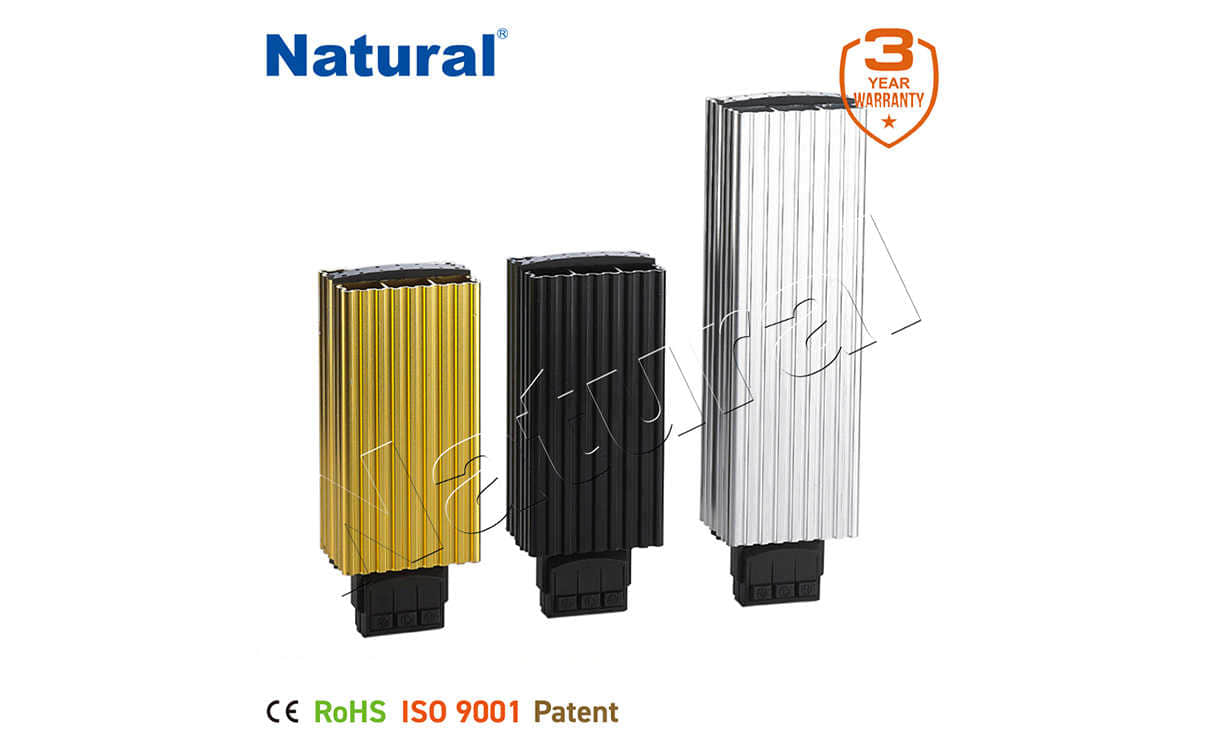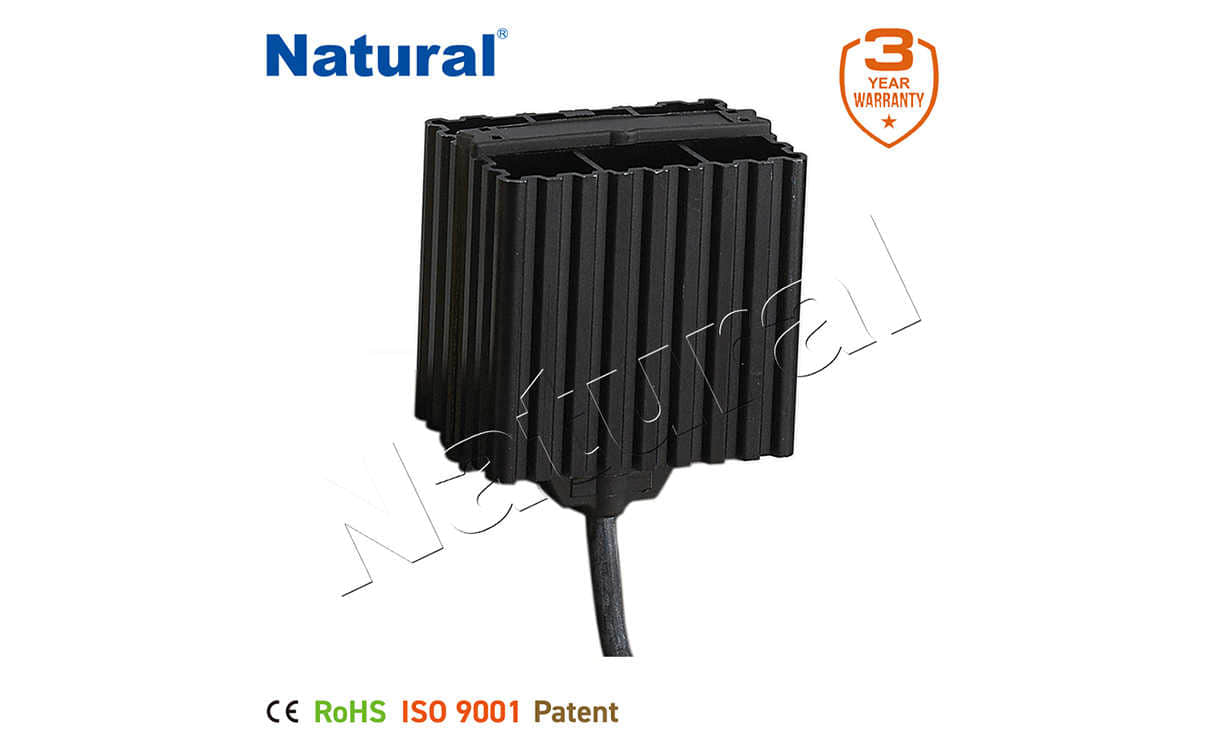understanding ptc heaters: the future of safe and efficient heating
Release time:2025-10-27 06:05:18
PTC heaters, or Positive Temperature Coefficient heaters, are a type of electric heating technology that has gained popularity due to their unique self-regulating features and increased safety. Unlike conventional heating elements, PTC heaters utilize a material whose electrical resistance increases as the temperature rises, leading to a decrease in current and, consequently, a reduction in heat generation once a certain temperature threshold is reached. This makes PTC heaters a promising solution for a wide range of applications, from household appliances to industrial devices. In this article, we will explore the working principles, benefits, and applications of PTC heaters.

How PTC Heaters Work
The fundamental principle behind a PTC heater lies in the use of materials with a positive temperature coefficient. PTC materials are typically ceramic-based, and their resistance increases as the temperature rises. When an electric current is applied to a PTC heating element, it heats up and the material’s resistance increases. As the resistance goes up, the current flowing through the element decreases, which in turn reduces the heat being generated. This self-regulating property ensures that the heater does not overheat, making PTC heaters safer and more energy-efficient than traditional heating elements that rely on thermostats for temperature control.


 28 items Patent
28 items Patent
 28 items Patent
28 items Patent
 28 items Patent
28 items Patent










